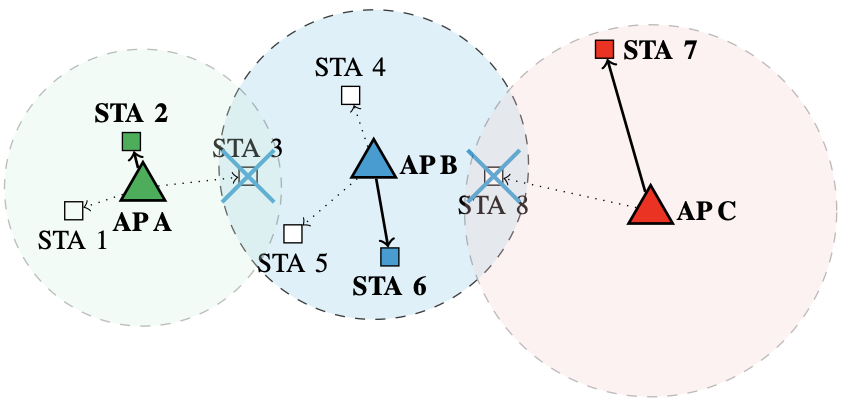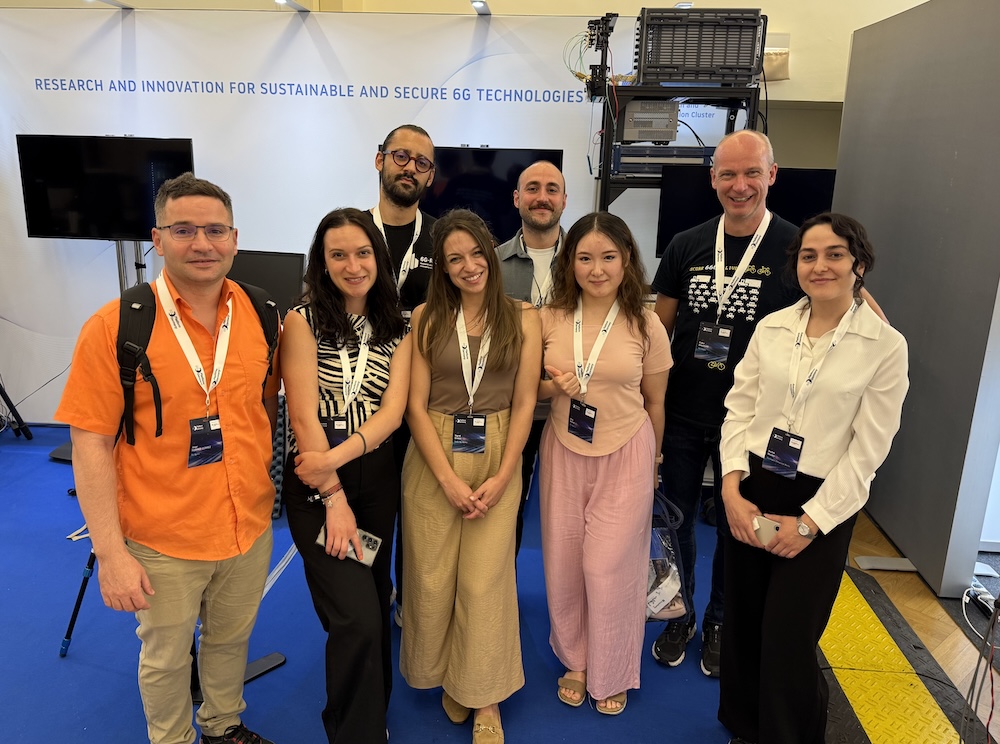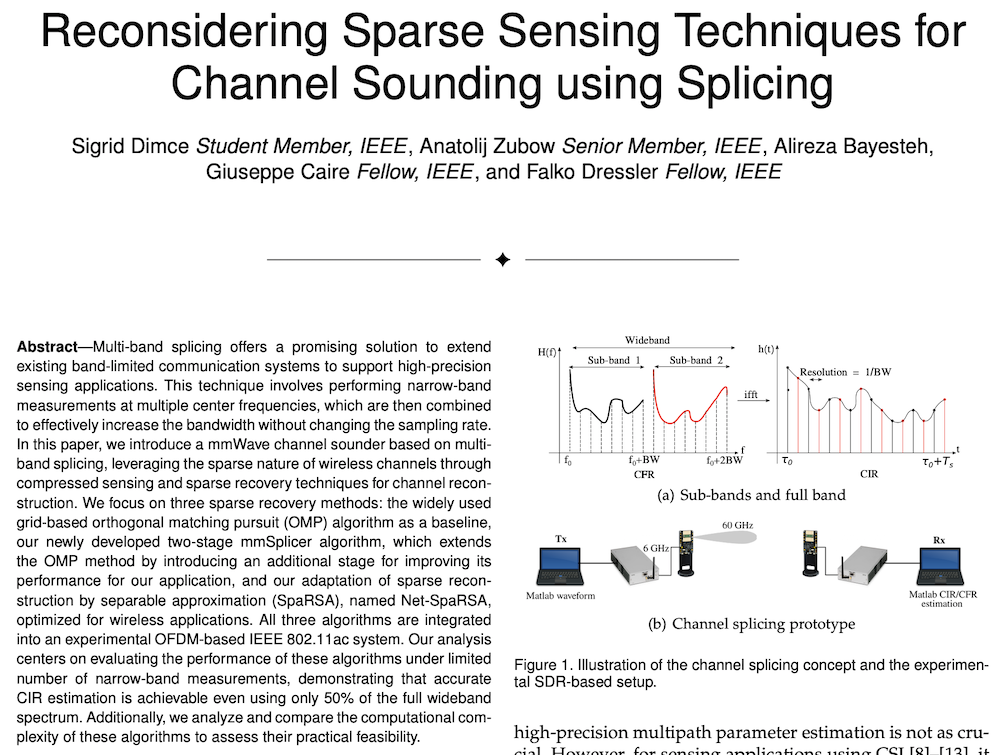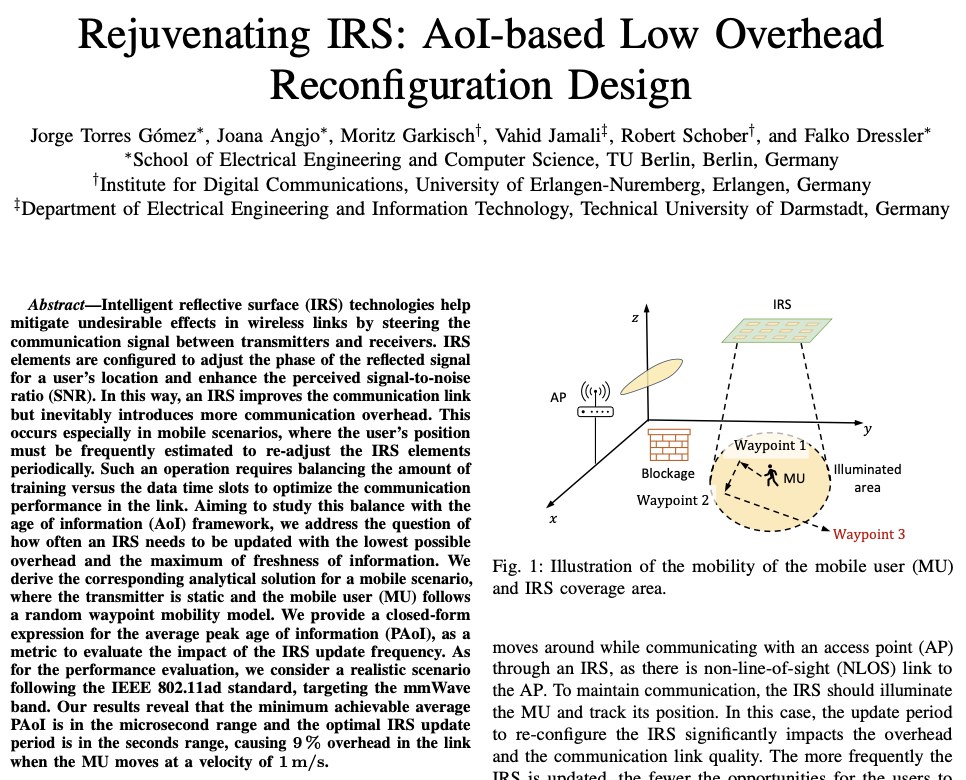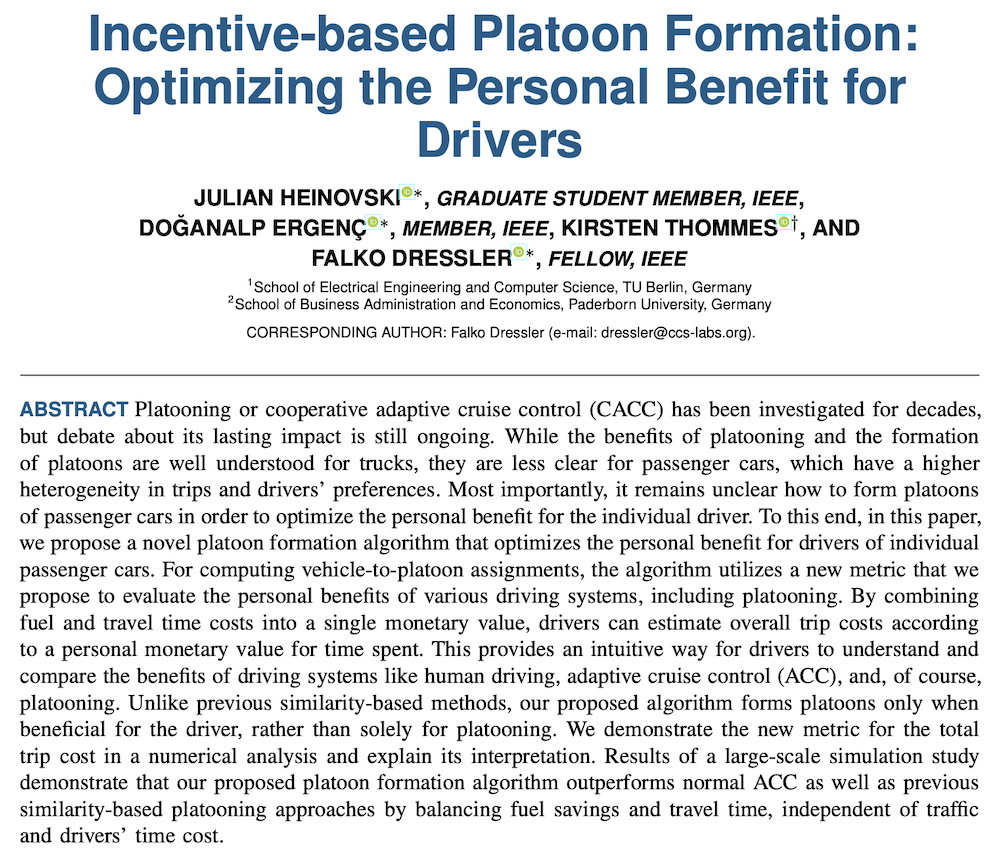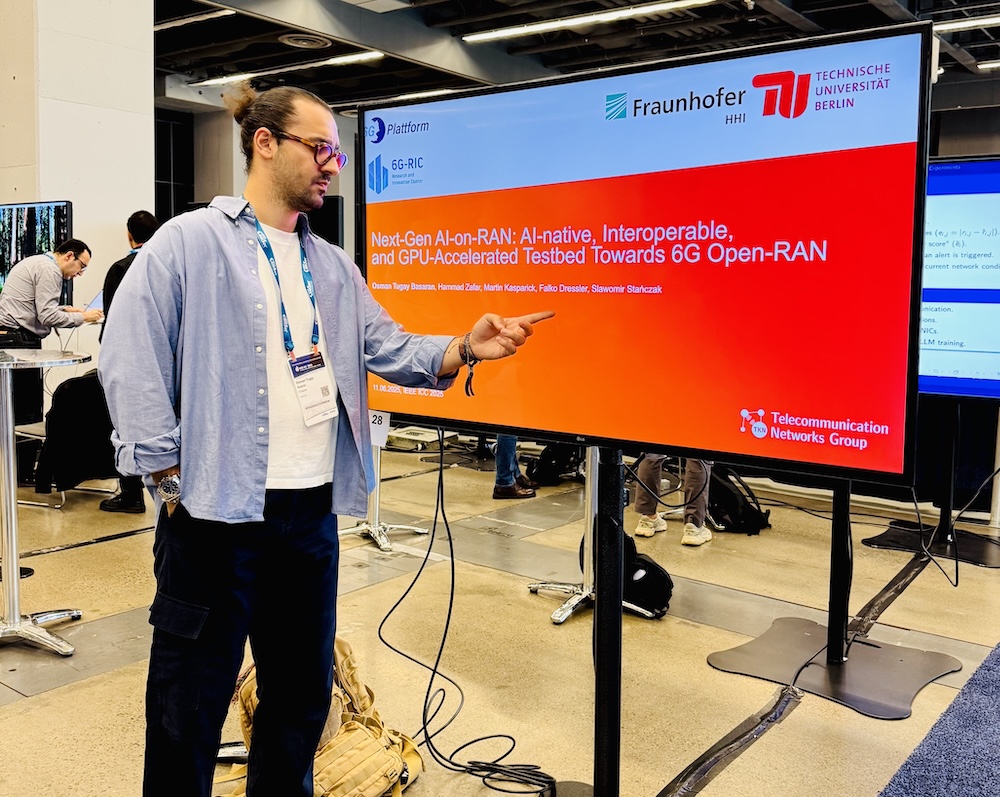Literature Database Entry
rege2023lowering
Manoj R. Rege, "Lowering Barriers to Mobile Cloud Computing (MCC) Application Testing and Evaluation," PhD Thesis, School of Electrical Engineering and Computer Science (EECS), TU Berlin (TUB), December 2023. (Advisor: Adam Wolisz; Referees: Adam Wolisz, Klaus David, Jochen Schiller and Vlado Handziski)
Abstract
The last decade has ushered in a new era of Mobile Cloud Computing (MCC) applications. The MCC application's behavior is primarily impacted by its operational conditions, also known as context. Thus, testing & evaluating an MCC application under the impact of various contexts is essential. Such an approach to testing & evaluating MCC applications is called context-aware testing & evaluation. The MCC application context can be categorized into four main types - hardware, software, communication network, and sensor. The context is characterized by heterogeneous interdependent factors, also called modalities, which may change over time. These modalities include the hardware capabilities and the Operating System (OS) software of the mobile device. Other modalities include the mobile devices sensor like camera, location, accelerometer, and magnetometer. Furthermore, modalities also consist of the different mobile network types like Wi-Fi, 4G/LTE, and 5G, and their Quality of Service (QoS) metrics, namely, access time latency, bandwidth, and packet loss. Context-aware testing & evaluation is a big challenge for MCC application developers for various reasons: (1) They typically lack sufficient understanding of the context and the interdependencies of the modalities in which the application runs, (2) There are no readily available tools to generate systematic context comprised of interdependent modalities, (3) Developers lack domain knowledge to build context generation tools, and (4) they have time and cost constraints. Therefore, systematic context-aware testing is rarely pursued in practice. This work considers a hybrid option to context-aware testing of MCC applications across four different types of context. In particular, we use off-the-shelf emulators for mobile devices, model and emulate the mobile network, and use a real cloud backend. Our work lowers the barriers to context-aware MCC application testing & evaluation through a framework that facilitates and simplifies context specification and generation. Bridging the gaps in the realistic communication network and sensor context generation is the first pillar of this framework. And improving the ease of generation by specifying the context as a code forms its second pillar. In the communication network context, we address the problem of realistic synthetic trace generation for various scenarios. We solve it by proposing a measurement- driven methodology based on transfer learning with Long Short Term Memory (LSTM) neural nets. The methodology requires a relatively short sample of the targeted con- text to adapt the presented base model to new contexts and simplify synthetic trace generation. We show the application of this approach on realistic Wi-Fi and LTE cloud access time models adapted for diverse target contexts with a trace size of 6000 samples measured over a few tens of minutes. We implement the methodology as a part of ContexPerf framework to generate synthetic access time traces. Finally, we integrate a network emulator in the framework to support emulation using synthetically generated access time traces. For the sensor context, we propose the ContextMonkey framework that supports realistic trace-driven sensor context generation by leveraging traces in an interdependent manner from heterogeneous sources: remote trace databases, models, and trace files. It lessens the burden on the developers by automating the collection of interdependent traces, converting them to a common format, and feeding them to the mobile device emulator in an orchestrated manner. The framework architecture supports multiple data sources and mobile device emulators, is extensible to be integrated with new context modalities, and is seamless such that no application code changes are necessary to execute the application under the effect of context. Further, we also address the problem of context modeling and specification for context-aware testing & evaluation. We use the Model Driven Engineering (MDE) approach that enables MCC application developers to model a context and then transform that model into specification code. A Directed Acyclic Graph (DAG) based context model is proposed where nodes represent context category type & its modalities and interdependencies between them are defined using directed edges. The APIs are provided to transform the model to code, which can then be integrated with the MCC application test code. Using examples, we demonstrate how a context is modeled and transformed into its specification code. Our expressivity evaluation shows that one can successfully generate common MCC application contexts using the DAG-based model. Further, with low to moderate programming effort - 89 and 188 Lines of Code (LoC) in our examples, an application developer can specify context as a code; this demonstrates the model's and the specification API's simplicity in context generation. Finally, we present four case studies demonstrating our solution framework's simplicity and potential to ease context-aware testing & evaluation. Our sensor context case studies highlight the impact of the context-aware testing setup and traces used in simulation on the test results and their accuracy. On the other hand, the network context case studies demonstrate the superiority of synthetic access time traces in providing a better quantile assessment of the QoE metrics compared to the simple normal distribution-based access time models.
Quick access
Contact
Manoj R. Rege
BibTeX reference
@phdthesis{rege2023lowering,
author = {Rege, Manoj R.},
title = {{Lowering Barriers to Mobile Cloud Computing (MCC) Application Testing and Evaluation}},
advisor = {Wolisz, Adam},
institution = {School of Electrical Engineering and Computer Science (EECS)},
location = {Berlin, Germany},
month = {12},
referee = {Wolisz, Adam and David, Klaus and Schiller, Jochen and Handziski, Vlado},
school = {TU Berlin (TUB)},
type = {PhD Thesis},
year = {2023},
}
Copyright notice
Links to final or draft versions of papers are presented here to ensure timely dissemination of scholarly and technical work. Copyright and all rights therein are retained by authors or by other copyright holders. All persons copying this information are expected to adhere to the terms and constraints invoked by each author's copyright. In most cases, these works may not be reposted or distributed for commercial purposes without the explicit permission of the copyright holder.
The following applies to all papers listed above that have IEEE copyrights: Personal use of this material is permitted. However, permission to reprint/republish this material for advertising or promotional purposes or for creating new collective works for resale or redistribution to servers or lists, or to reuse any copyrighted component of this work in other works must be obtained from the IEEE.
The following applies to all papers listed above that are in submission to IEEE conference/workshop proceedings or journals: This work has been submitted to the IEEE for possible publication. Copyright may be transferred without notice, after which this version may no longer be accessible.
The following applies to all papers listed above that have ACM copyrights: ACM COPYRIGHT NOTICE. Permission to make digital or hard copies of part or all of this work for personal or classroom use is granted without fee provided that copies are not made or distributed for profit or commercial advantage and that copies bear this notice and the full citation on the first page. Copyrights for components of this work owned by others than ACM must be honored. Abstracting with credit is permitted. To copy otherwise, to republish, to post on servers, or to redistribute to lists, requires prior specific permission and/or a fee. Request permissions from Publications Dept., ACM, Inc., fax +1 (212) 869-0481, or permissions@acm.org.
The following applies to all SpringerLink papers listed above that have Springer Science+Business Media copyrights: The original publication is available at www.springerlink.com.
This page was automatically generated using BibDB and bib2web.

